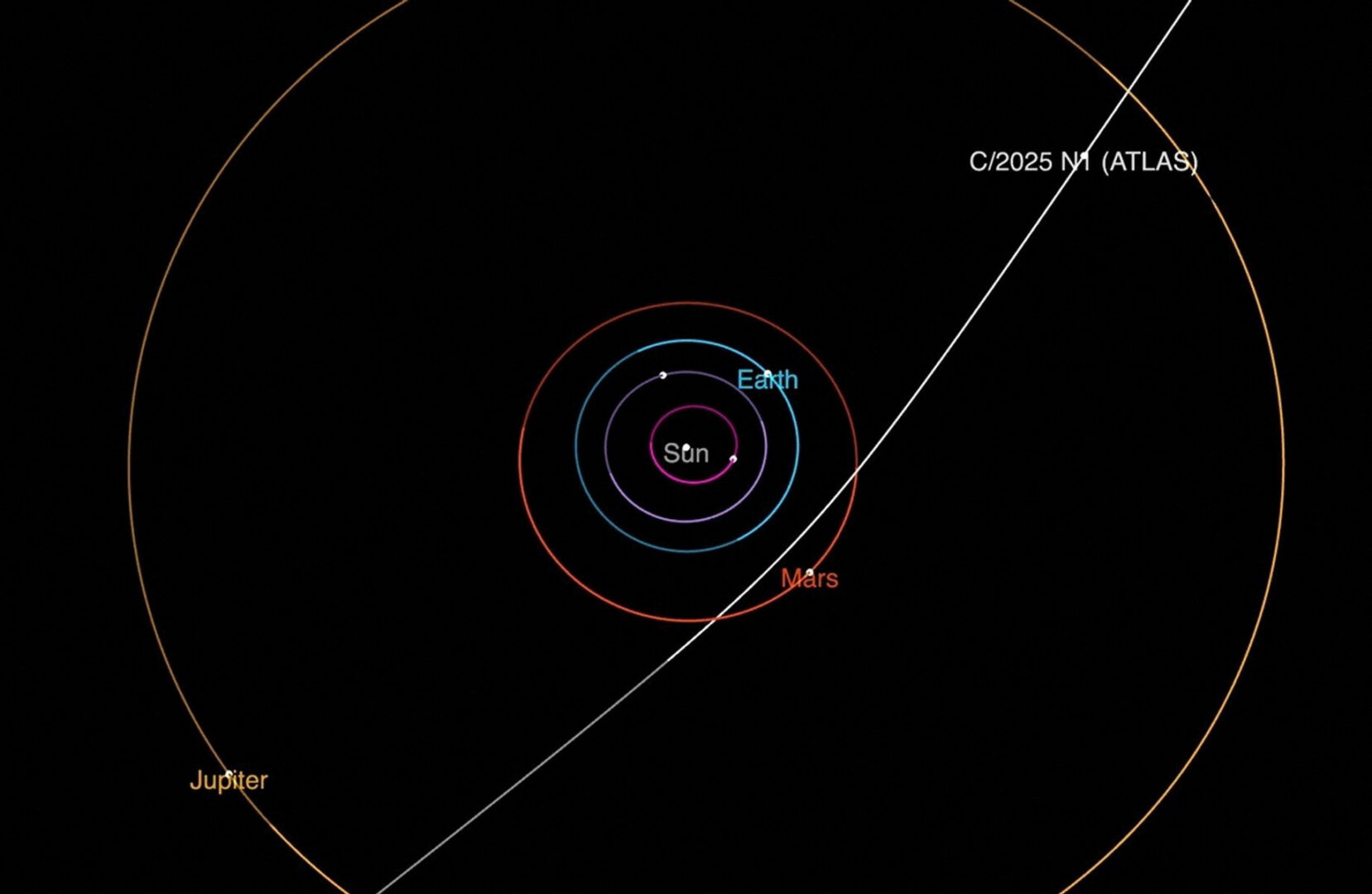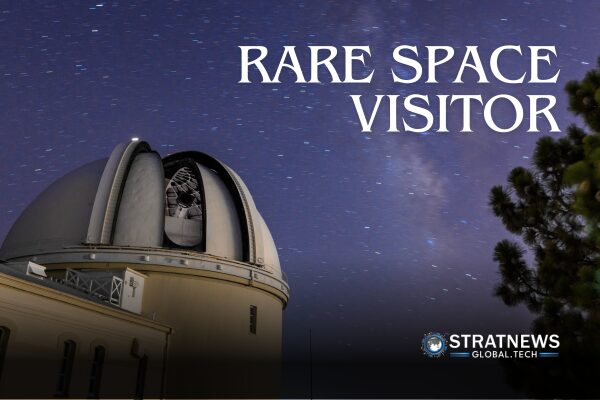Interstellar Comet 3I/ATLAS Offers Rare Space Mission Opportunity
Scientists are preparing for a unique opportunity to study Comet 3I/ATLAS, an interstellar object racing through our solar system. This rare visitor may reveal secrets from the early days of our galaxy, offering a glimpse into material much older than the sun and planets.

Ancient Comet From the Galaxy’s Thick Disk
Discovered on 1 July by the ATLAS survey, 3I/ATLAS is only the third known object believed to have entered our solar system from another star. It is travelling at around 130,000 mph (219,000 km/h). Research suggests it may come from the Milky Way’s thick disk, a region of older stars.
This means the comet could be over 7 billion years old, predating our 4.6-billion-year-old solar system by at least 2.5 billion years. Studying it could provide insight into the conditions that existed during the galaxy’s formative period known as “cosmic noon”.
As it nears the sun, solar heat causes its icy core to release gas, forming the glowing tail and halo we associate with comets. This material could give scientists a rare sample of ancient galactic matter.
Earth Telescopes to Miss Crucial Moment
Unfortunately, the comet will reach its closest point to the sun—called perihelion—on the far side of the sun from Earth. This will make it invisible to ground-based and Earth-orbiting telescopes like Hubble and the James Webb Space Telescope.
Andreas M. Hein, a researcher from the University of Luxembourg, explained that viewing the comet during this period would require looking directly past the sun, which is not possible due to its brightness and the faint nature of 3I/ATLAS.
Spacecraft Positioned for Prime Observations
To overcome this challenge, researchers identified spacecraft that could observe the comet during perihelion. These include NASA’s Psyche mission and ESA’s Jupiter Icy Moons Explorer (JUICE). Thanks to a recent Venus gravity assist, JUICE will be ideally placed for observation.
Other spacecraft, such as Mars orbiters (MRO, Tianwen-1, and Hope), will also have a clear view. JUICE will be about 43 million miles (68 million km) from the comet, while Mars orbiters will get as close as 18 million miles (29 million km). For comparison, Earth will be 168 million miles (269 million km) away at its nearest.
Additionally, solar observation spacecraft like NASA’s Parker Solar Probe, ESA’s SOHO, and PUNCH could capture valuable data on the comet’s behaviour near the sun.
Possibility of Dust Collection and Long-Term Study
While some spacecraft like the Europa Clipper and Lucy may not have direct visual access, they might still pass through the comet’s tail. This could allow for indirect sampling of material released by 3I/ATLAS.
Hein likened the comet to “an aeon-old fridge” soon to open, offering a peek into the early universe. Studying its composition could confirm its origin and age, potentially making it the oldest comet ever studied.
Researchers also suggest that 3I/ATLAS may leave behind dust or fragments. These could enter the atmospheres of Earth or Mars, creating meteor showers or offering new study opportunities.
As Hein noted, the next few months will be key: “We hope that some of its mysteries will be solved.”


